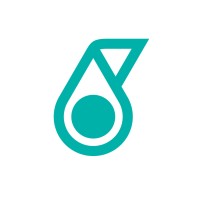
PETRONAS
Petroliam Nasional Berhad (PETRONAS) is a leading global energy company committed to powering society’s progress in a responsible and sustainable manner. With close to 50,000 employees and a global reach spanning over 100 countries, we are ranked among the world’s largest corporations by revenue in the Fortune Media IP Ltd’s 2022 Fortune Global 500® list. As Malaysia’s national oil and gas company, we safeguard and manage the nation’s hydrocarbon resources to ensure national energy security and maximise value. We explore, develop and produce hydrocarbons as well as cleaner energy solutions. We have three core businesses, namely Upstream, Gas and Downstream, supported by Project Delivery and Technology division, which acts as an enabler. We recently launched Gentari, our new entity providing customers with cleaner energy and lower carbon solutions in three core offerings – renewables, hydrogen and green mobility alongside our core portfolio. We remain committed to produce oil and gas in a differentiated manner, with focus on reducing carbon emissions and at competitive cost. Our hydrocarbon portfolio today is two-thirds gas, which puts us in an advantageous position as gas and Liquefied Natural Gas (LNG) will continue to play a vital role even as the energy system evolves. As one of the leading LNG players in the world, PETRONAS will continue to serve the global LNG demand. As a responsible and conscientious global energy player, sustainability is at the heart of our business and how we operate. Our commitment to responsible business growth and positive contributions to society and the environment remains unwavering. Fuelled by our passion to be a partner for our customers in the journey towards a lower carbon energy future, every step we take brings us closer towards achieving our aspiration of Net Zero Carbon Emissions by 2050 (NZCE 2050).






